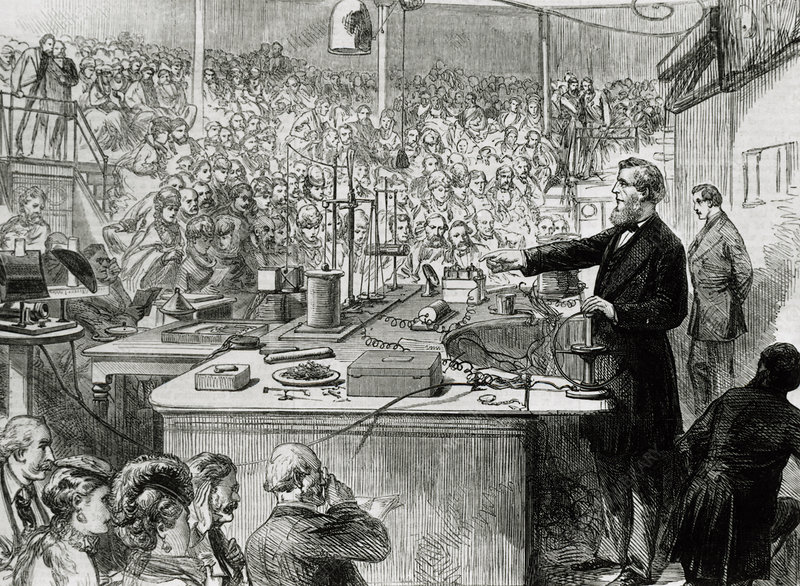In 1854, Irish physicist John Tyndall made a groundbreaking demonstration that would lay the foundation for the development of modern fiber optics. While fiber optics as we know it today wasn’t fully realized until the 20th century, Tyndall’s work in the mid-1800s was a crucial step in understanding how light can be transmitted through different mediums. His demonstration was not only an exciting experiment in physics but also one that would influence future advancements in telecommunications and optical technologies.
The Experiment: A New Understanding of Light’s Behavior
John Tyndall’s famous demonstration took place in 1854, and it involved a simple but revolutionary display of light traveling through a stream of water. Tyndall used a glass tube filled with water and directed a beam of light through the tube. As the light traveled through the water, it followed the path of the tube. This experiment demonstrated the phenomenon known as total internal reflection, where light is contained within a medium and reflects off its boundaries rather than passing through them.
Tyndall showed that light could travel along the inside of the glass tube without escaping, provided the angle at which the light entered the water was steep enough. This observation was critical because it highlighted the potential for using a transparent medium—like glass or water—to guide light over long distances, a principle that would later become the basis for fiber optics.
The Significance of Tyndall’s Work
Tyndall’s demonstration was significant for several reasons:
- Understanding Total Internal Reflection: Before Tyndall’s demonstration, the principle of total internal reflection was not well understood. Tyndall’s experiment clearly showed how light could be confined within a medium without escaping, laying the groundwork for fiber optics.
- Building the Concept of Light Transmission: Tyndall’s work helped establish the idea that light could be used as a means of transmitting information, an idea that would later be realized in the development of optical fibers.
- Impact on Later Discoveries: Although Tyndall did not use glass fibers in the same way we do today, his demonstration helped inspire further research into fiber optic cables in the 20th century. It opened the door for scientists like Narinder Singh Kapany, often called the “father of fiber optics,” who in the 1950s and 1960s demonstrated how light could be transmitted through glass fibers in a practical way.
Legacy and Influence
Tyndall’s experiment was a turning point in the study of optics and light. Though fiber optics were not practically applied until much later, his demonstration of light’s ability to travel through water set the stage for many of the technologies that shape the modern world today.
The principle of total internal reflection is still used today in modern fiber optic cables that carry data and communication signals over long distances. Fiber optics have become an integral part of telecommunications, the internet, and medical imaging.
Tyndall’s work also helped cement his place as a major figure in the history of physics. He contributed to various scientific fields, including optics, thermodynamics, and atmospheric science. His influence continues to resonate, particularly in the realms of light and optics.
Conclusion
John Tyndall’s demonstration in 1854 was an early but crucial experiment that advanced our understanding of how light behaves when confined to certain mediums. His work provided the foundation for modern fiber optics, making it possible for light to be used as a carrier of data across long distances. This simple yet profound demonstration would go on to have far-reaching implications in telecommunications and optical technologies, forever changing the way we communicate in the modern world.











